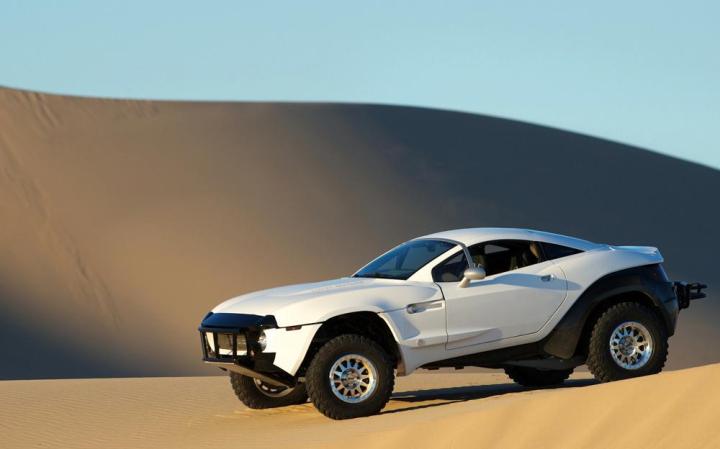
Local Motors doesn’t like to do things the normal way.
The car company based around an online community of consumer-designers is once again trying to shake up the manufacturing process with a 3D-printed electric car.
Local says this will be the first 3D-printed electric car, and it plans to build it right on the floor of the 2014 International Manufacturing Technology Show in Chicago this September.
While it’s not the first to conceive of a 3D-printed car, Local seems like the ideal company to harness the technology.
The main advantage of 3D printing in an automotive context is flexibility. Since tooling won’t have to be created for individual parts, changes can be made more easily to the design.
This plays right into Local’s community-based method. The company seeks input from potential customers, who can vote on different aspects of the design. It worked pretty well for the Rally Fighter off-road performance vehicle (pictured above) that’s currently in Local’s catalog.
The lack of tooling could also speed up the transition from design to production, and give designers more leeway.
Of course, Local won’t build its car by feeding spools of plastic into a desktop Replicator.
The company plans to use a hybrid additive/subtractive machine that’s been demonstrated at Oak Ridge National Laboratory. It can print out an object (addition) like a normal 3D printer, but also has a router attachment that can remove material (subtraction) like a machine tool for more precise shaping.
The exact shape that will come out of that machine is still up in the air.
Local says the car will be “purpose-built for the urban transportation needs of Chicago” but hasn’t revealed any specific information about it. That will have to wait until the 2014 International Manufacturing Technology Show, which runs September 8-13.
Perhaps then we’ll see if the future of the car will come out of a printer, or if robots and stamping machines will always reign supreme.
Editors' Recommendations
- Los Angeles-based Czinger is 3D-printing a 1,232-hp hybrid hypercar
- Honda will use General Motors technology to build two electric cars
- Ford can use your voice to make your car’s wheels theftproof
- Why General Motors won’t be showing its next electric car at CES
- This 3D-printed electric car could be sketchiest Kickstarter yet


